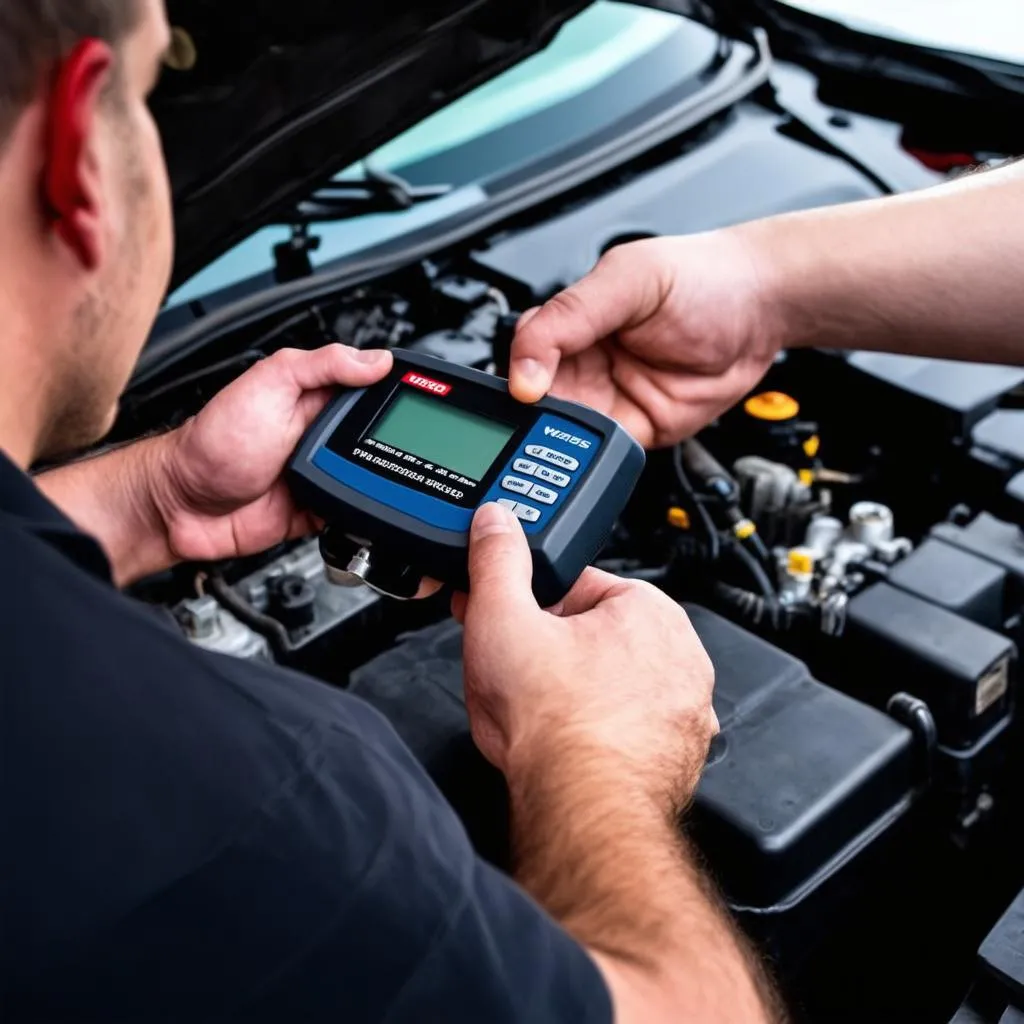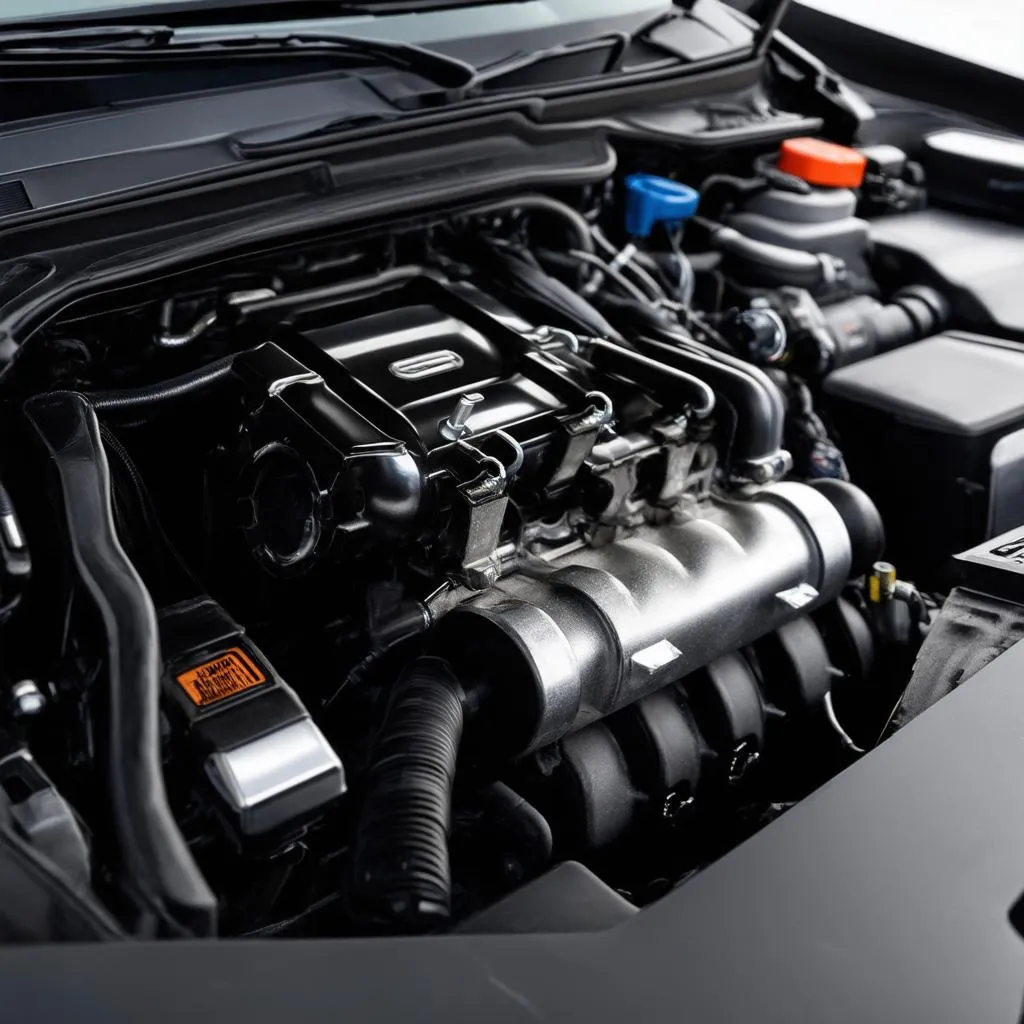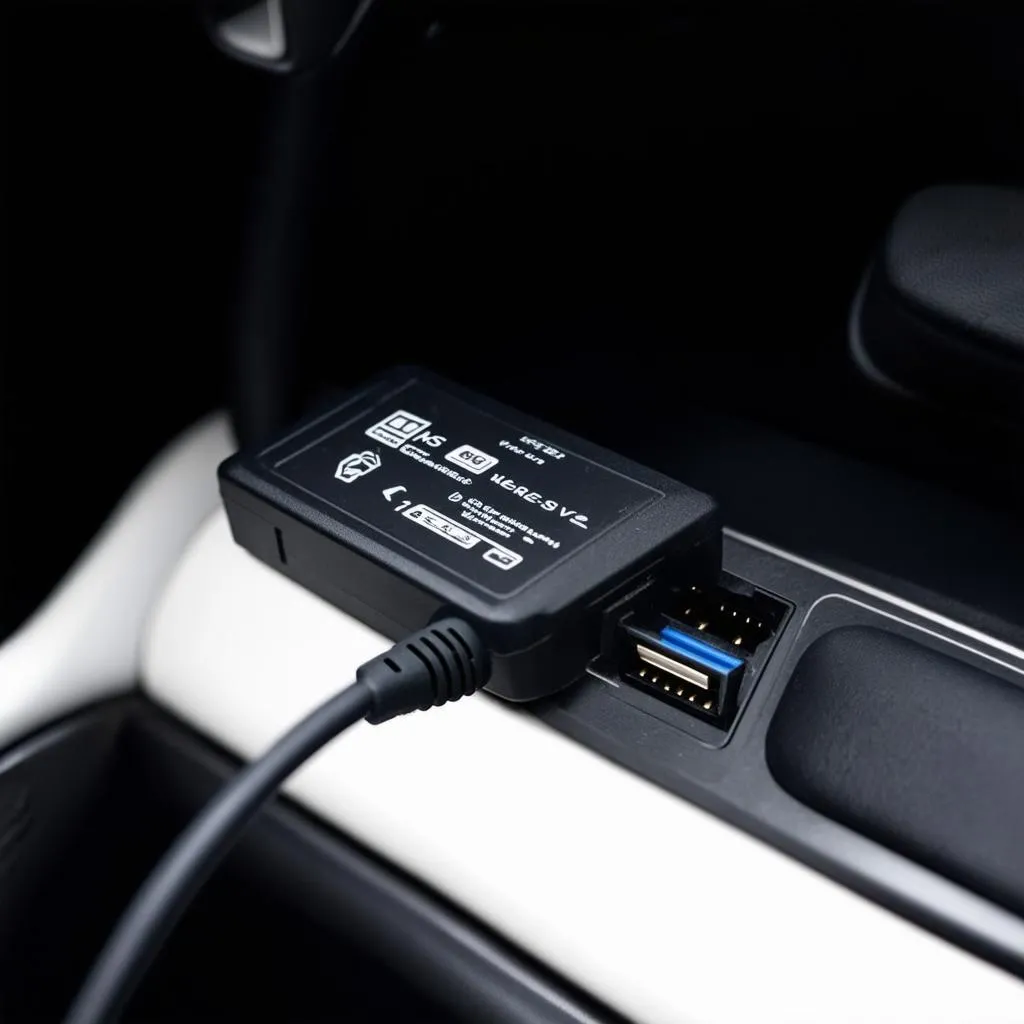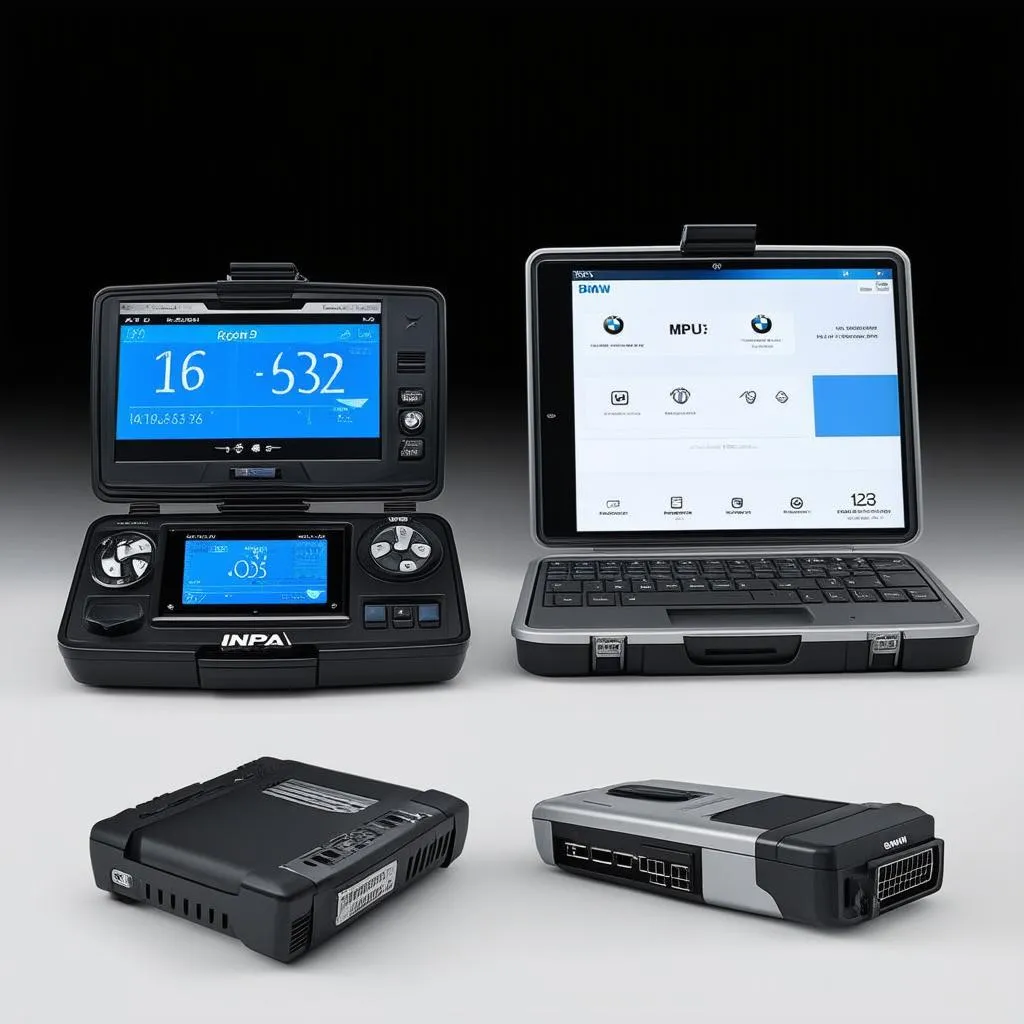A correctly aligned throttle body is crucial for optimal engine performance. If you’re experiencing rough idling, reduced fuel economy, or poor acceleration, a misaligned throttle body could be the culprit. This guide will walk you through the process of performing a throttle body alignment using VCDS, a powerful diagnostic tool for Volkswagen Audi Group (VAG) vehicles.
What is Throttle Body Alignment?
In modern vehicles, the throttle body regulates the amount of air entering the engine. The throttle position sensor (TPS) communicates the throttle plate’s position to the engine control unit (ECU). Throttle body alignment, also known as throttle body adaptation or basic settings, involves calibrating the ECU to recognize the throttle plate’s position at its closed and fully open states. This ensures accurate air-fuel mixture and smooth engine operation.
When Do You Need a Throttle Body Alignment?
Throttle body alignment is typically required after:
- Throttle body cleaning or replacement
- Disconnecting the battery
- Software updates to the ECU
- Experiencing symptoms of a misaligned throttle body, such as rough idling or poor acceleration
Performing Throttle Body Alignment with VCDS
Before you begin, ensure you have a genuine Ross-Tech VCDS interface and a compatible laptop.
Here’s a step-by-step guide:
- Connect VCDS: Connect your VCDS interface to your vehicle’s OBD-II port and your laptop.
- Turn on the ignition: Turn the ignition on but do not start the engine.
- Open VCDS software: Launch the VCDS software on your laptop and establish communication with your vehicle.
- Select Control Module: Choose “Select Control Module” and navigate to the engine control module (typically labeled as 01-Engine).
- Basic Settings: Select “Basic Settings” from the available options.
- Throttle Body Alignment: Locate the specific channel or group for throttle body adaptation. This may vary depending on your vehicle model. Consult your VCDS documentation or a reliable online resource for specific instructions.
- Initiate Adaptation: Follow the on-screen prompts to initiate the throttle body alignment procedure.
- Observe the process: The VCDS software will guide you through the process, indicating when the adaptation is complete.
- Clear Fault Codes: Once the alignment is successful, clear any fault codes related to the throttle body that may be stored in the ECU.
- Test Drive: Turn off the ignition, wait a few seconds, and then start your engine. Take your vehicle for a test drive to verify that the throttle response is smooth and the idling is stable.
Note: This procedure is a general guideline. The exact steps and channel numbers may vary slightly depending on your vehicle’s make, model, and year.
 VCDS Throttle Body Alignment
VCDS Throttle Body Alignment
Common Questions About Throttle Body Alignment with VCDS
Q: Can I perform throttle body alignment without VCDS?
A: While some vehicles might allow for manual adaptation, using a diagnostic tool like VCDS is highly recommended for accurate and reliable results.
Q: How often should I align my throttle body?
A: It’s generally not a routine maintenance item. Align your throttle body only after cleaning or replacing it, disconnecting the battery, or experiencing related performance issues.
Q: What if the alignment fails?
A: A failed alignment might indicate underlying mechanical issues with your throttle body or related components. If the problem persists, consult with a qualified automotive technician for further diagnosis.
Expert Insight
“A properly aligned throttle body is essential for seamless communication between the throttle position sensor and the ECU,” says automotive engineer and author Dr. Emily Carter. “Using a specialized diagnostic tool like VCDS ensures precise calibration for optimal engine performance.”
 Car Engine Throttle Body
Car Engine Throttle Body
Need Assistance?
For a wide range of automotive diagnostic tools and resources, visit CARDIAGTECH. CARDIAGTECH offers high-quality equipment and expert support to help you maintain your vehicle’s optimal performance.


